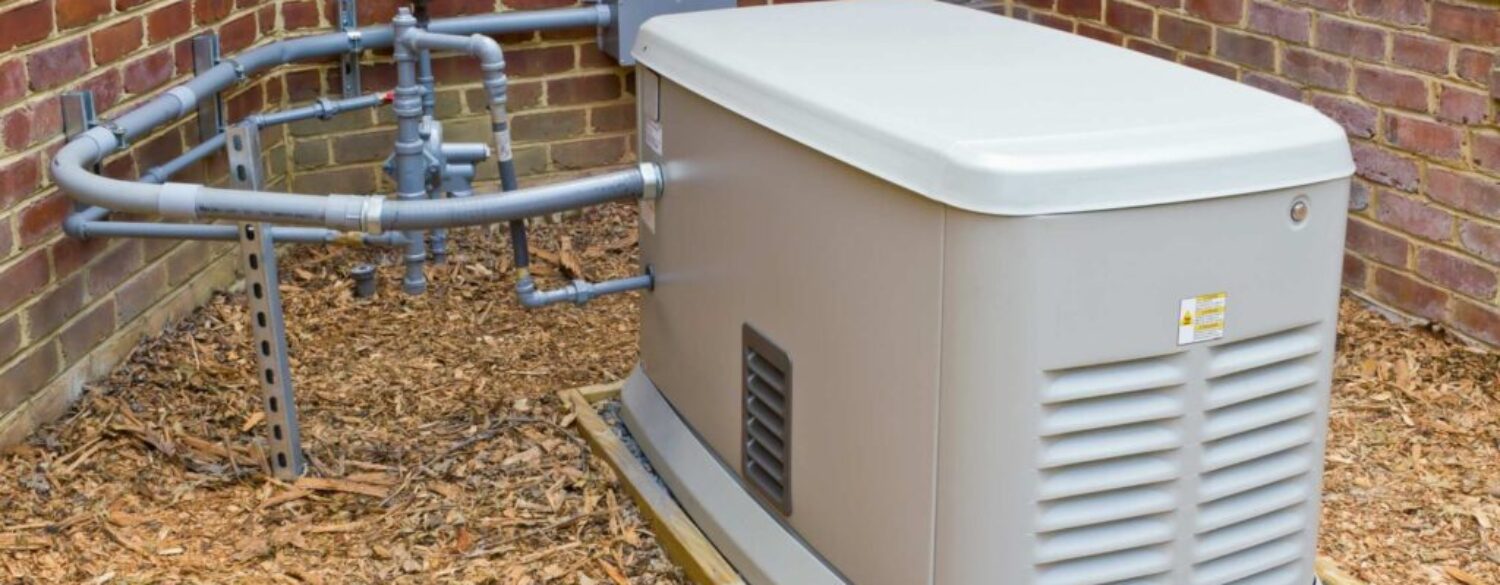A portable generator can be a lifesaver for homeowners during extreme weather conditions that knock out power grids. But generators can come with safety hazards like carbon monoxide emissions and electrical shock, so it’s important to understand how to use one correctly. Read on for more information about how to choose a generator and run it safely.
FIND THE RIGHT WATTAGE
The first step is finding the right wattage generator to power your home based on what you need to keep running, such as a refrigerator, HVAC system, sump pump or lights. For example, a refrigerator typically needs 600-800 watts to function; a sump pump needs 1,500 watts; and a central air conditioning unit uses about 2,000 to 4,000 watts.
To find the right generator for your home, add up the wattage for the appliances and systems that you need to keep running during an emergency.
Then, follow this formula to determine the wattage generator you need:
Running Wattage (R) + Starting Wattage (Rx3) = TOTAL wattage.
If your running wattage is 500, add that to 1,500 (or 500 x 3) to get your starting wattage, which results in a total wattage of 2,000.
HOOK UP YOUR GENERATOR SAFELY
For a simple, low wattage generator that is useful for powering only the essentials, like a refrigerator, microwave or stove for cooking, the basic steps below may be helpful. Always consult the Owner’s Manual for directions for your specific model:
- Locate your generator outside the home, far enough away to prevent exposure to fumes produced when the generator is running.
- Fill the generator with gas (the same kind of fuel you’d use for a car), close the cap on the tank, and get a 12 gauge extension cord that will connect the generator to appliances in your home.
- After filling the tank and getting the cord, check the oil.
- Turn the fuel line on.
- Make sure that the generator is in “Choke” mode.
- Turn ON the generator.
- Start the engine by pulling cord like you would start a lawn mower.
- When engine is on change the choke button to “Run”
- Plug the extension cord into one of the multiple outlets on the generator.
- Plug the other end of the extension cord into the appliance you need to power.
When installing a larger wattage generator to power your entire home, you can use an InterLock kit or have a professional electrician install it for you to help ensure safety. Townships and municipalities have rules regarding these kinds of installations, so check your local electrical regulations before starting.
MORE GENERATOR SAFETY TIPS
Here are a few tips to keep in mind, but always follow safety guidelines in your generator’s Owner’s Manual.
- Place the generator outside of your home. Running a generator can produce carbon monoxide, so it cannot be run in a basement or garage. Put the generator in a place where residents won’t be exposed to the fumes.
- Do NOT operate a generator under rainy or wet conditions. Wait until rain has passed to avoid risk of electrocution, and always operate the generator with dry hands.
- Do NOT plug the generator directly into a wall outlet. This is known as “backfeeding” and can put utility workers, your home’s residents and neighbors at risk of electrocution.
- Fuel storage. Keep your generator fueled if you need to run it during power outage emergencies. Be sure to store fuel in a cool, dry place and you may also choose to use StaBil, a fuel stabilizer, when the generator is not in use to prevent fuel from thickening and gumming up the machinery.
If you have questions or concerns about using a generator to power your home in emergencies, contact South Sound Inspections today.



